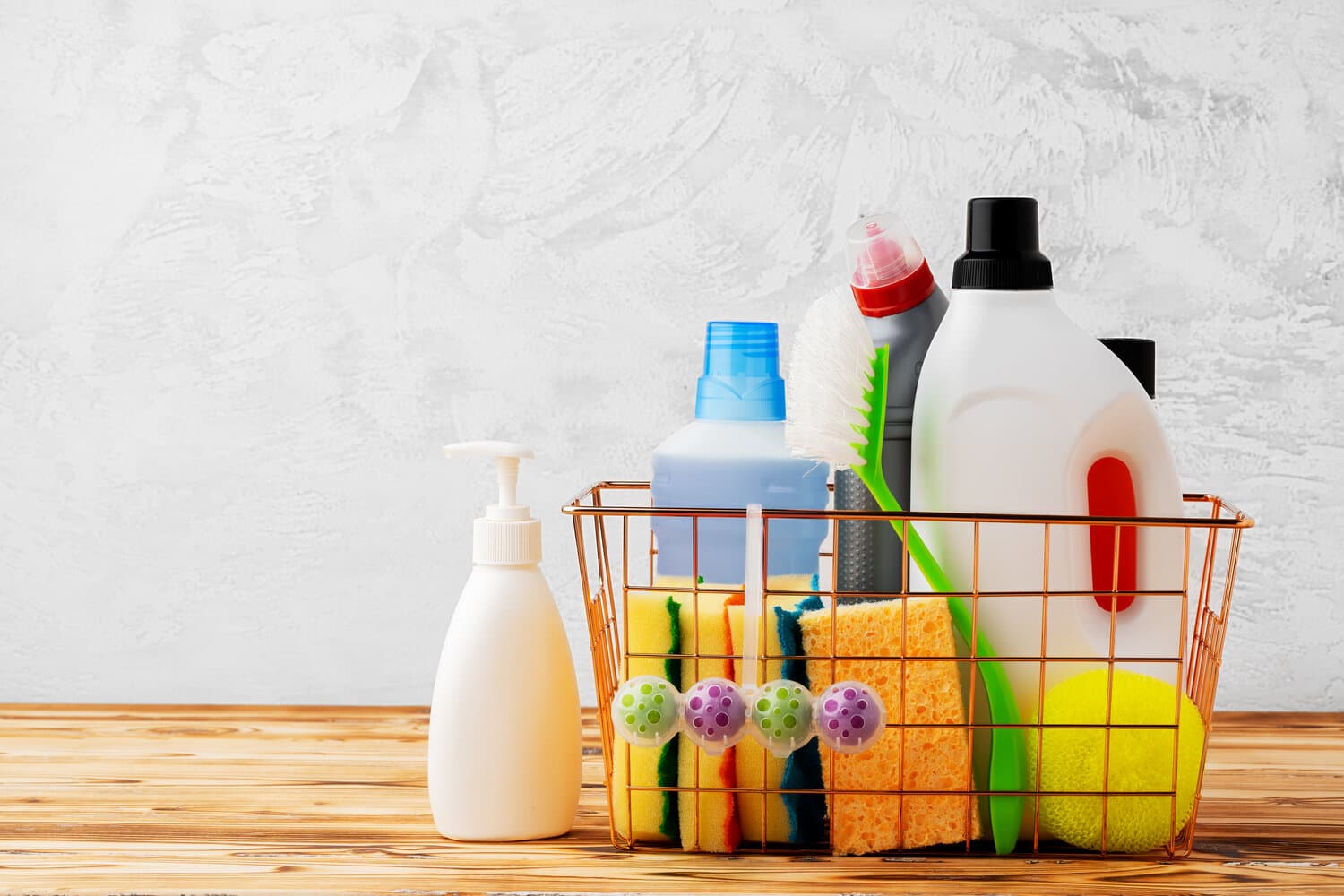- Authors

- Author
- Author
- Name
- Zuzana Slobodova
- Published on
The Most Toxic Things in Your Household: Hidden Dangers and Safer Alternatives

Our homes should be safe havens, but many everyday household items contain toxic chemicals that can pose serious health risks. Being aware of these dangers and knowing how to replace them with safer alternatives can help create a healthier living environment for you and your family. Here are some of the most toxic things commonly found in households and tips for safer substitutions.
Cleaning Products
Why They're Toxic: Many conventional cleaning products contain harmful chemicals such as ammonia, bleach, and phthalates, which can cause respiratory problems, skin irritation, and hormone disruption.
Safer Alternatives: Use natural cleaning products or make your own with ingredients like vinegar, baking soda, lemon juice, and essential oils.
Air Fresheners
Why They're Toxic: Air fresheners often contain phthalates, formaldehyde, and synthetic fragrances, which can contribute to respiratory issues, allergies, and hormone disruption.
Safer Alternatives: Use essential oil diffusers, potpourri, or simply open windows to improve air circulation. Plants like spider plants and peace lilies also help purify the air naturally.
Non-Stick Cookware
Why They're Toxic: Non-stick cookware is often coated with perfluorooctanoic acid (PFOA) and polytetrafluoroethylene (PTFE), which can release toxic fumes when heated, potentially causing respiratory issues and other health problems.
Safer Alternatives: Choose cookware made from stainless steel, cast iron, or ceramic, which are free from harmful coatings and can last longer with proper care.
Plastic Food Containers
Why They're Toxic: Many plastic food containers contain bisphenol A (BPA) and phthalates, which can leach into food and beverages, potentially leading to hormone disruption and other health issues.
Safer Alternatives: Use glass or stainless steel containers for storing food. Look for BPA-free labels if you do need to use plastic.
Personal Care Products
Why They're Toxic: Many shampoos, lotions, and cosmetics contain parabens, sodium lauryl sulfate (SLS), and synthetic fragrances, which can cause skin irritation, allergic reactions, and hormone disruption.
Safer Alternatives: Choose personal care products with natural and organic ingredients.
Pesticides and Insecticides
Why They're Toxic: Pesticides and insecticides often contain toxic chemicals that can be harmful to humans and pets, causing respiratory problems, skin irritation, and other health issues.
Safer Alternatives: Use natural pest control methods such as diatomaceous earth, neem oil, or essential oil sprays. Maintaining a clean home and sealing entry points can also help prevent pests.
Flame Retardants
Why They're Toxic: Flame retardants, commonly found in furniture, electronics, and textiles, can contain polybrominated diphenyl ethers (PBDEs), which are linked to hormone disruption, neurodevelopmental issues, and cancer.
Safer Alternatives: Look for furniture and textiles that are free from chemical flame retardants. Wool and cotton are naturally flame-resistant materials.
Antibacterial Soaps
Why They're Toxic: Antibacterial soaps often contain triclosan, which can contribute to antibiotic resistance and disrupt hormone regulation.
Safer Alternatives: Use regular soap and water for effective handwashing. Look for soaps made with natural ingredients and free from triclosan.
Fabric Softeners and Dryer Sheets
Why They're Toxic: Fabric softeners and dryer sheets contain quaternary ammonium compounds (quats) and synthetic fragrances, which can cause respiratory issues, skin irritation, and allergies.
Safer Alternatives: Use wool dryer balls, which naturally soften clothes and reduce static. Add a few drops of essential oil for a pleasant scent.
Tips for a Healthier Home
Read Labels: Always read labels and avoid products with harmful chemicals. Look for certifications like USDA Organic, EcoCert, and Green Seal.
Ventilate: Ensure proper ventilation in your home by regularly opening windows and using exhaust fans to reduce indoor air pollution.
Natural Options: Whenever possible, choose natural and non-toxic alternatives for cleaning, personal care, and household products.
Educate Yourself: Stay informed about the potential hazards of household chemicals and continuously seek safer options for your home.
Summary
By making conscious choices and replacing toxic household items with safer alternatives, you can create a healthier living environment that benefits both your family and the planet.